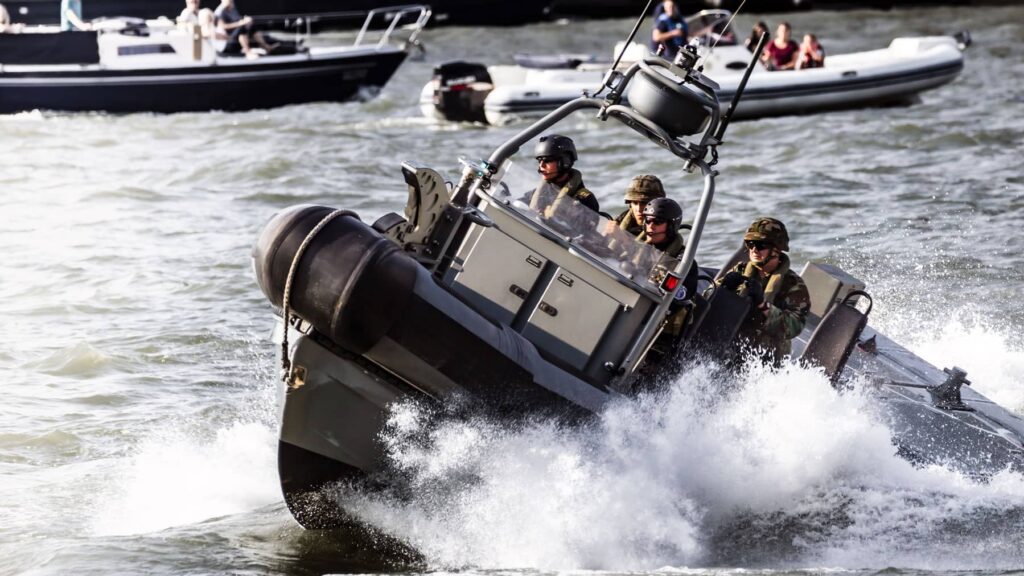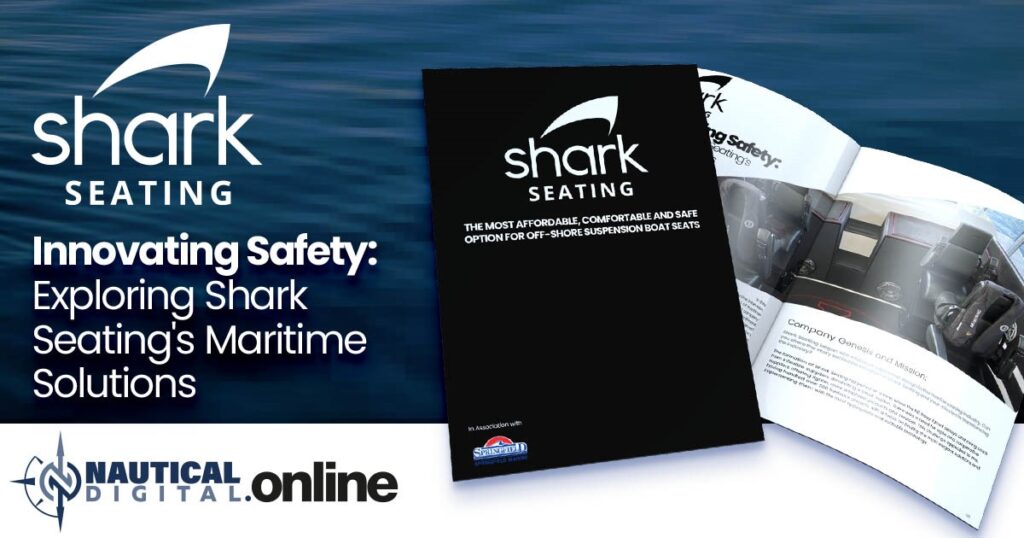Every year, thousands of boat operators report back pain, chronic fatigue, and long-term musculoskeletal injuries, many of which trace back to one often-overlooked factor: poor seating design. Whether you’re working offshore or enjoying a weekend cruise, your seat plays a critical role in how your body holds up against the marine environment.
The “hidden cost” isn’t just financial, it’s physical wellbeing, safety, and the time lost recovering instead of doing what you love. And in the long run, that can also translate into rising medical bills, inefficiency, and equipment misuse.
1. The Physical and Cognitive Toll of Poor Seating
Boat seats that lack proper ergonomic and shock-absorbing features can wreak havoc on the body, especially in rough water or high-speed operations.
- Whole-Body Vibration (WBV): This constant low-frequency shock doesn’t just hit your back; it affects the entire body. Prolonged exposure has been linked to back pain, joint issues, and even damage to internal systems like the cardiovascular and nervous systems. (1)
- Postural strain and muscle fatigue: Poorly designed seats force your body to compensate. That means bracing with your legs or twisting to stay upright, which leads to repetitive strain injuries. Over time, this contributes to burnout, soreness, and even chronic injury. (2)
- Mental fatigue and alertness loss: It’s not just your body that takes a hit. Studies have shown that vibration and physical discomfort can impact concentration, slow reaction times, and impair decision-making. When your brain is busy dealing with discomfort, it’s not focused on the water ahead, or the safety of your passengers. (3)
2. Performance and Efficiency: Discomfort Hurts Control
When discomfort kicks in, performance suffers. Both in how you handle the boat and how efficiently it runs.
- Reduced reaction time and control: Every bump and jolt you absorb while gripping the helm chips away at your focus. Instead of steering smoothly, you’re bracing yourself. That delay in decision-making can be critical at high speeds or in emergencies.
- Decreased vessel control and precision: If your seat doesn’t let your body move naturally with the boat, you’re constantly fighting motion rather than mastering it. That means sloppier handling, slower corrections, and a higher risk of overcompensation.
- Hidden impact on fuel efficiency: Standard seats can force you to slow down to avoid injury in rough conditions. That keeps you out of the boat’s most efficient cruising range. Combine that with frequent throttle adjustments and poor trim control, and your fuel use quietly climbs.
3. The Suspension Seating Solution: Comfort That Performs
While this all sounds rather serious, there is a solution that’s finally gaining traction: suspension seating. Many boaters have heard of it, but its true benefits are often underestimated.
- Shock isolation and joint protection: Suspension seats absorb impacts, dramatically reducing the vibration transferred to your spine and joints. In high-speed operations, this can prevent long-term injuries and improve operator endurance. (4)
- Adaptive support and posture correction: Many models adjust to body weight and movement, helping you maintain proper posture with less effort. This not only reduces fatigue but also improves alertness and mental clarity. This is vital whether you’re running a patrol boat or cruising with family.
- Improved safety through better focus: When you’re not bracing or distracted by pain, you’re focused on the water, your crew, and the conditions. That added focus translates to faster decisions and fewer mistakes.
- Health and productivity savings: Preventing injuries is always cheaper than treating them. For professionals, suspension seating reduces lost workdays and long-term insurance costs. For recreational users, it means more days on the water and fewer days on the couch.
4. Cost vs. Value: An Investment in Longevity
It’s easy to write off suspension seating as a luxury or unnecessary expense. But when you consider the physical toll poor seating takes, not to mention the performance, fuel efficiency, and long-term health impacts, the investment becomes a no-brainer.
Think of it not just as an upgrade, but as a foundation for safe, enjoyable, and efficient time on the water. Whether you’re a weekend boater or a full-time skipper, your seat is where performance, safety, and comfort all begin.
References:
- Anders Kjellberg, “Psychological Aspects of Occupational Vibration,” Scandinavian Journal of Work Environment 16, no. 1 (1990): 39–43.
Whole body vibration at the start ^^^
- Helmut W. Paschold and Alan G. Mayton, “Whole-Body Vibration: Building Awareness in SH&E,” Journal of the American Society of Safety Professionals 56, no. 4 (April 2011): 30–35.
Postural strain ^^^
- Peter K. Halswell, Philip A. Wilson, Dominic J. Taunton, and S. Austen, “An Experimental Investigation into Whole Body Vibration Generated during the Hydroelastic Slamming of a High Speed Craft,” Ocean Engineering 126 (2016): 115–28.
Cognitive fatigue ^^^
- Myers, Stephen D et al. “Effectiveness of suspension seats in maintaining performance following military high-speed boat transits.” Human factors vol. 54,2 (2012): 264-76. doi:10.1177/0018720811436201
In area 3 “The suspension seating solution” In vibration isolation.



